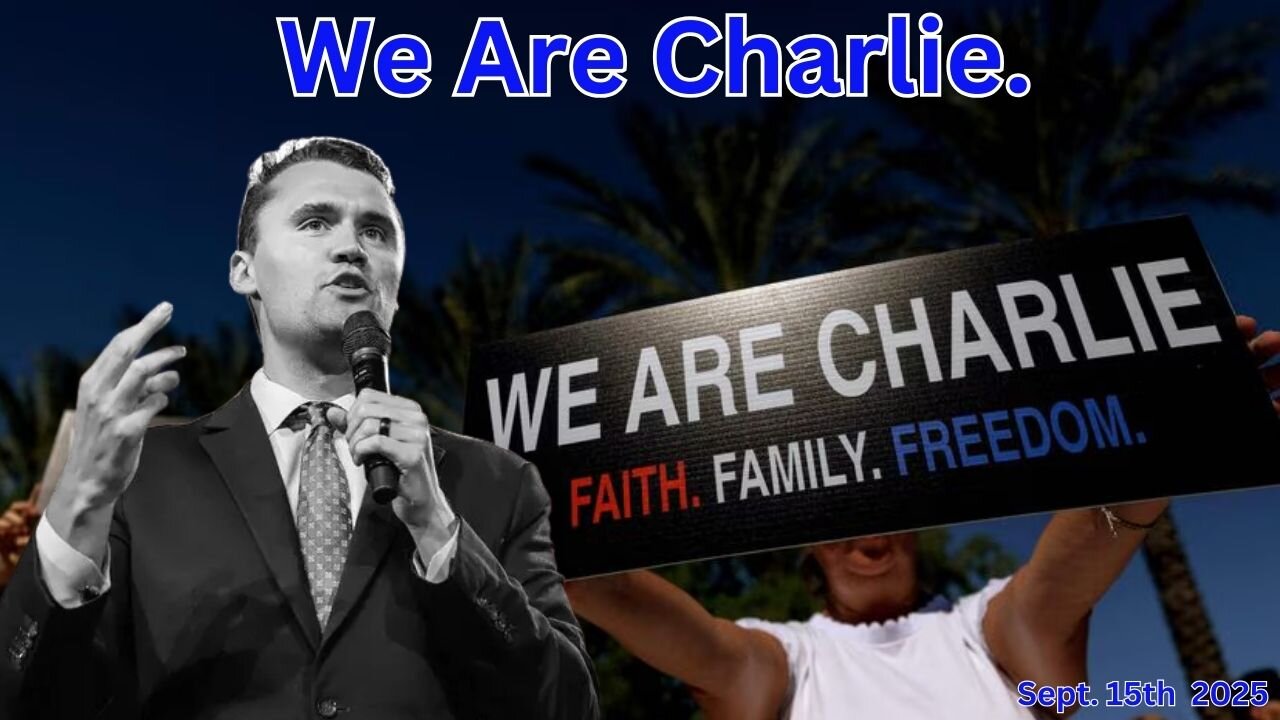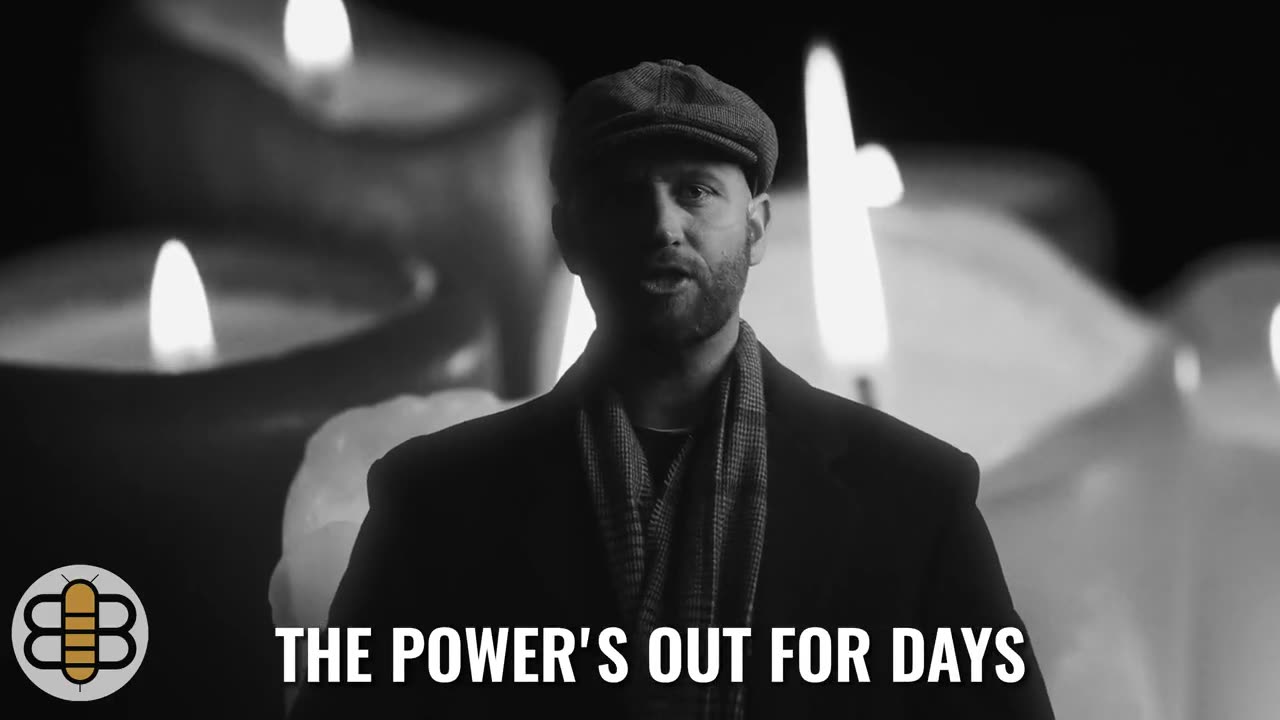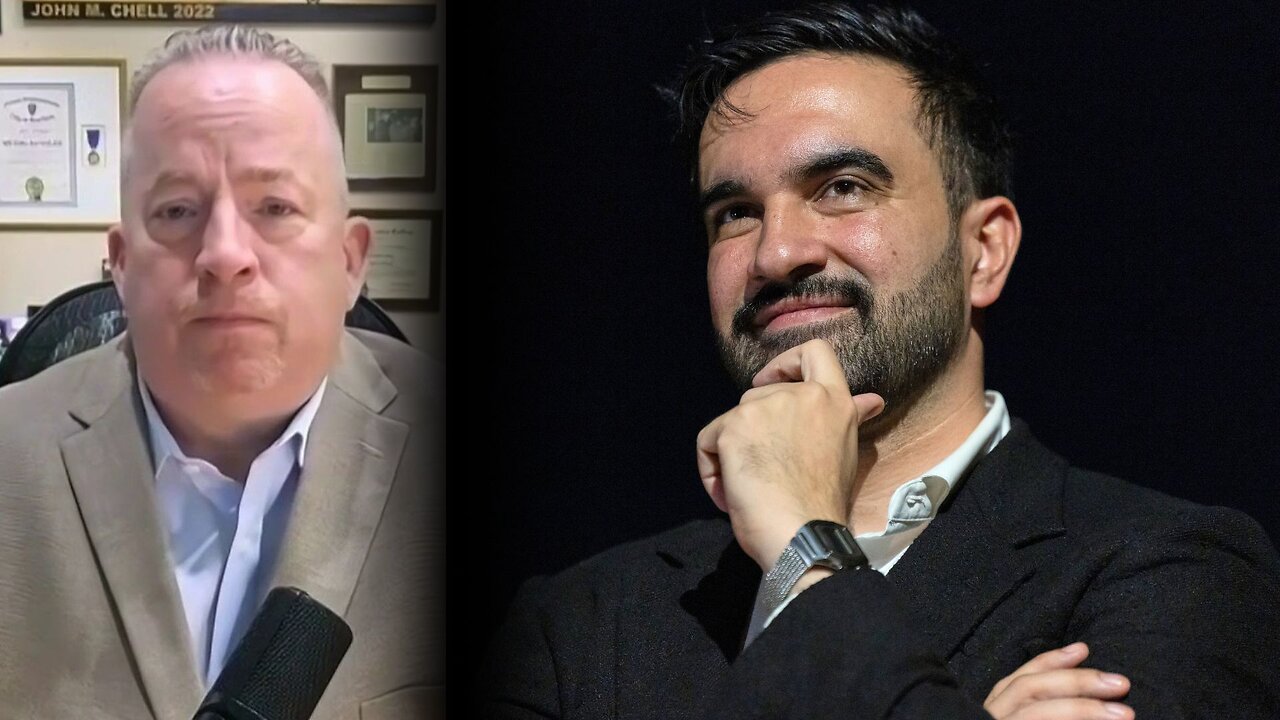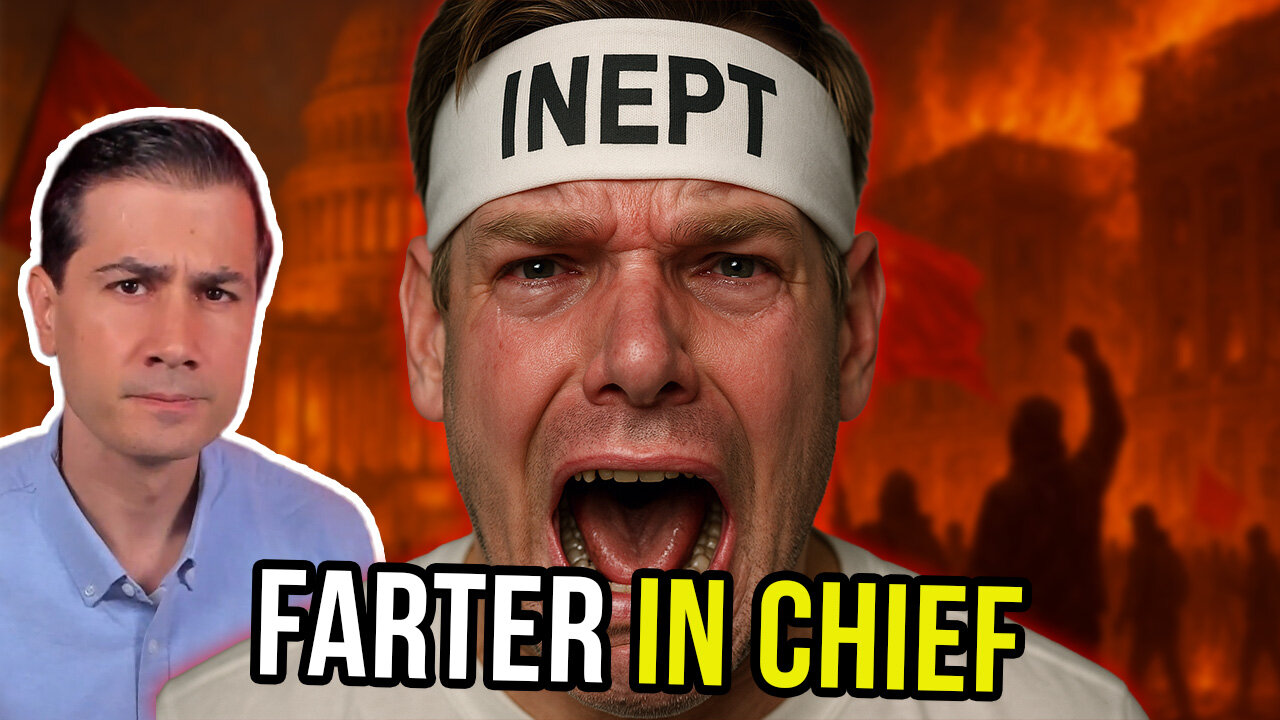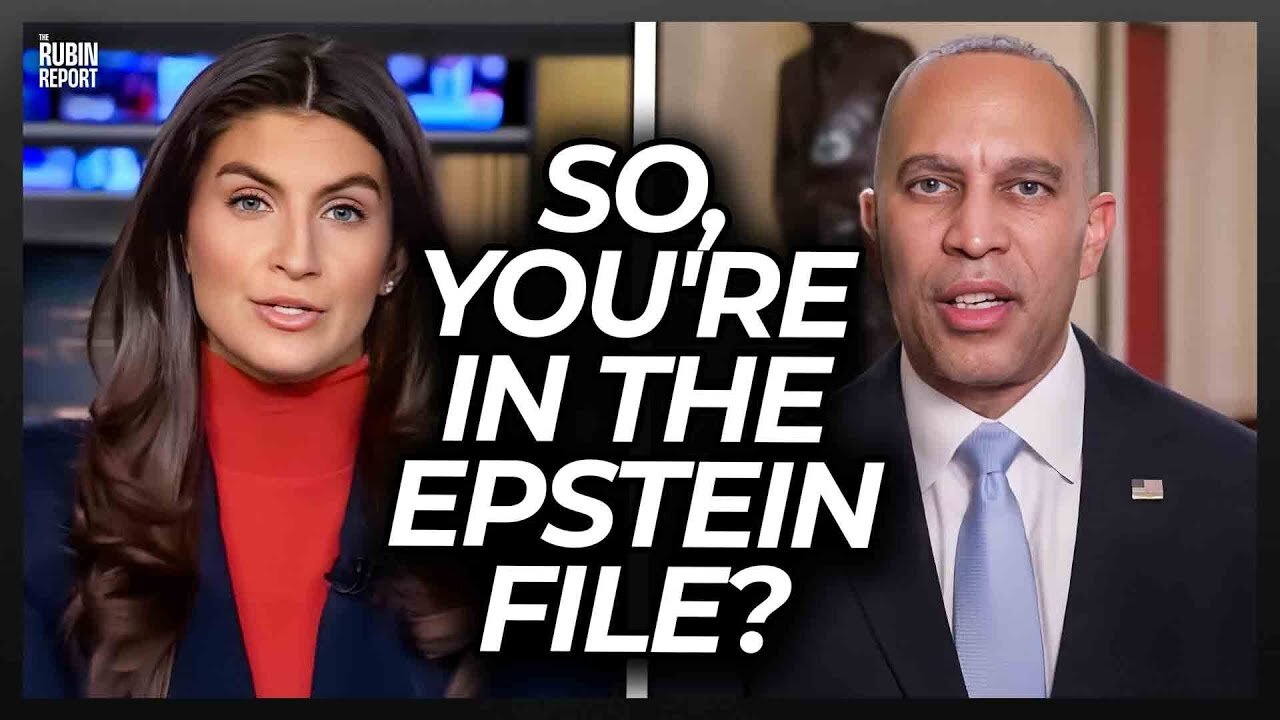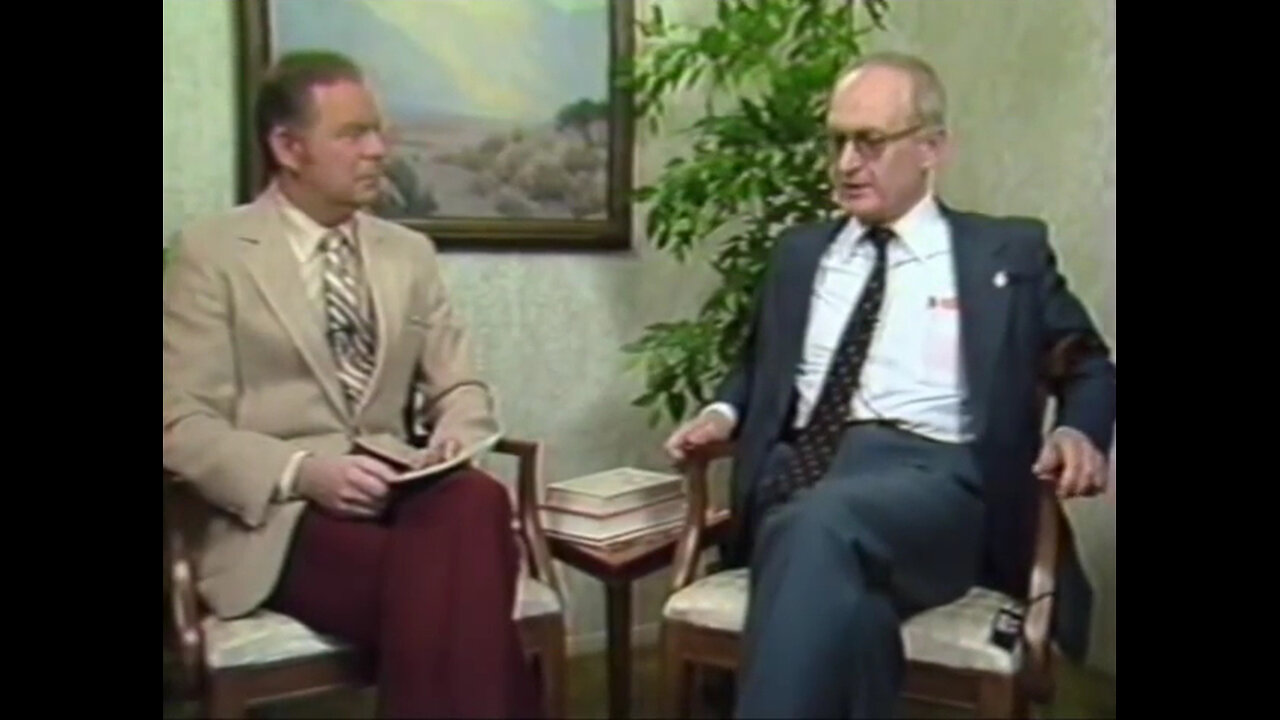Justice Sotomayor’s Sloppy Reasoning in Skrmetti: Weak Analogies And Emotional Appeals

This week’s Supreme Court decision in United States v. Skrmetti revealed a stark contrast between rigorous constitutional analysis and sloppy judicial reasoning.
While the six-judge majority correctly applied Equal Protection doctrine to uphold Tennessee’s commonsense restrictions on experimental medical treatments for minors, Justice Sonia Sotomayor’s dissent — to which her fellow liberal justices, Elena Kagan and Ketanji Brown Jackson, signed on — is a masterclass in how not to interpret the Constitution.
Rather than actual Constitutional analysis, Sotomayor’s dissent relies on emotional manipulation and strained legal analogies.
The centerpiece of Justice Sotomayor’s dissent rests on a fundamental category error: borrowing reasoning from a case interpreting a civil rights statute and trying to apply it to a very different constitutional text.
Bostock v. Clayton County was the infamous 2020 case in which Justice Neil Gorsuch joined the Court’s liberals and Chief Justice John Roberts to conclude that civil rights law barring employment discrimination “because of sex” also barred discrimination based on sexual orientation and transgender status.
Gorsuch’s error in that case grew out of his cramped application of textualism and turned on the precise meaning of the words “because of sex.” As flawed as Bostock’s reasoning was, that reasoning doesn’t apply to Skrmetti, because the words being interpreted in Bostock are found nowhere in the Equal Protection Clause. Instead, it simply prohibits states from denying “equal protection of the laws.”
This distinction matters enormously. In a democratic republic like ours, the people make law or adopt constitutional amendments through their elected representatives, and a great deal of negotiation and debate go into the exact words chosen. A court can’t simply decide that the meanings of two phrases in very different legal contexts are close enough for government work. Just because the Civil Rights Act and the Equal Protection Clause both deal with discrimination doesn’t mean their reasoning is fungible.
Justice Clarence Thomas, who dissented in Bostock, pointed out this analytical flaw in his Skrmetti concurrence, noting that “[a]n abstract similarity between the purposes of the Constitution and a statute is not a license to import the statute’s interpretation into the Constitution, much less to ignore the Constitution’s text.”
It is telling that the dissent put so much weight on Bostock rather than analyzing the language of the Constitution itself, let alone the original understanding of the Fourteenth Amendment.
Just because the Civil Rights Act and the Equal Protection Clause both deal with discrimination doesn’t mean their reasoning is fungible.
Perhaps more troubling than the dissent’s misuse of precedent is its shameless deployment of emotional manipulation where legal reasoning should prevail. Sotomayor devotes substantial space to the personal stories of the plaintiff families, describing children who felt “trapped in the wrong body” and parents who worried about their children’s “ability to survive.”
These stories may be heart-wrenching, but there are emotional stories on both sides in this case. Detransitioners speak of the deep regret and lifelong health challenges created by childhood treatments that permanently altered their bodies, sexual function, and fertility.
Constitutional law cannot be decided based on which side tells the most compelling sob stories. The Equal Protection Clause protects important rights, but those rights must be grounded in constitutional text, history, and precedent — not in judicial sympathy for particular litigants.
The dissent’s emotional appeals serve a strategic purpose: they distract from the weakness of the underlying legal arguments. When Justice Sotomayor cannot convincingly explain why Tennessee’s age-based and purpose-based medical regulations constitute sex discrimination, she pivots to describing tragic individual circumstances. This is advocacy, not constitutional interpretation.
We’ve seen this type of reasoning before. Instead of discussing the Second Amendment, we are treated to heartbreaking stories of shooting victims. When considering the constitutionality of Obamacare, one side discusses the meaning of the Commerce Clause while the other shows posters of children with cancer. The dissent’s methodology would transform constitutional law into a contest of competing narratives rather than a discipline grounded in legal principle.
Constitutional law cannot be decided based on which side tells the most compelling sob stories.
It’s not just judges who too often override their professional standards to advance political objectives. Most of the nation’s medical organizations have themselves become politically compromised and provide cover for results-oriented judges. Justice Sotomayor repeatedly cites the American Academy of Pediatrics, American Medical Association, and similar groups as if they were neutral and unassailable scientific enterprises rather than advocacy groups wholly captured by progressive ideology.
This appeal to authority crumbles under scrutiny. Justice Thomas’s concurrence exposes the utter corruption of these supposedly neutral medical authorities. The World Professional Association for Transgender Health (WPATH), which provides the “scientific” foundation for these groups’ positions, has admitted in internal communications that “evidence-based review reveals little or no evidence” supporting their recommendations. Yet they continue pushing these experimental treatments on children.
One WPATH contributor explicitly stated that medical guidelines should be tailored to “have serious effect in…law and policy settings.” Most damning, WPATH ultimately removed age limits for adolescent transgender surgeries after pressure from the Biden administration and specifically to avoid “devastating legislation.”
It’s telling that countries like England, Sweden, Finland, and Norway — hardly bastions of conservatism — have moved away from experimental transgender treatments on minors after honest scientific review. So much for the dissent’s alleged scientific consensus.
Justice Sotomayor’s dissent in Skrmetti is a microcosm of the problems with results-oriented judging.
When supposed medical authorities admit they’re pursuing political rather than scientific goals, citing their positions as neutral expertise becomes intellectually dishonest. The dissent never grapples with this evidence of institutional capture, instead treating politically motivated medical organizations as oracles of scientific truth.
Justice Sotomayor’s dissent in Skrmetti is a microcosm of the problems with results-oriented judging. Rather than honestly grapple with constitutional text and precedent, it deploys weak analogies, emotional manipulation, and appeals to compromised authority to reach a predetermined conclusion.
The good news is that this type of analysis, once commonplace in our constitutional law, is now relegated to a three-justice dissent.
Carrie Severino is the president of JCN and co-author of the bestselling book Justice on Trial: The Kavanaugh Confirmation and the Future of the Court.
The views expressed in this piece are those of the author and do not necessarily represent those of The Daily Wire.
Originally Published at Daily Wire, Daily Signal, or The Blaze
What's Your Reaction?
 Like
0
Like
0
 Dislike
0
Dislike
0
 Love
0
Love
0
 Funny
0
Funny
0
 Angry
0
Angry
0
 Sad
0
Sad
0
 Wow
0
Wow
0
























